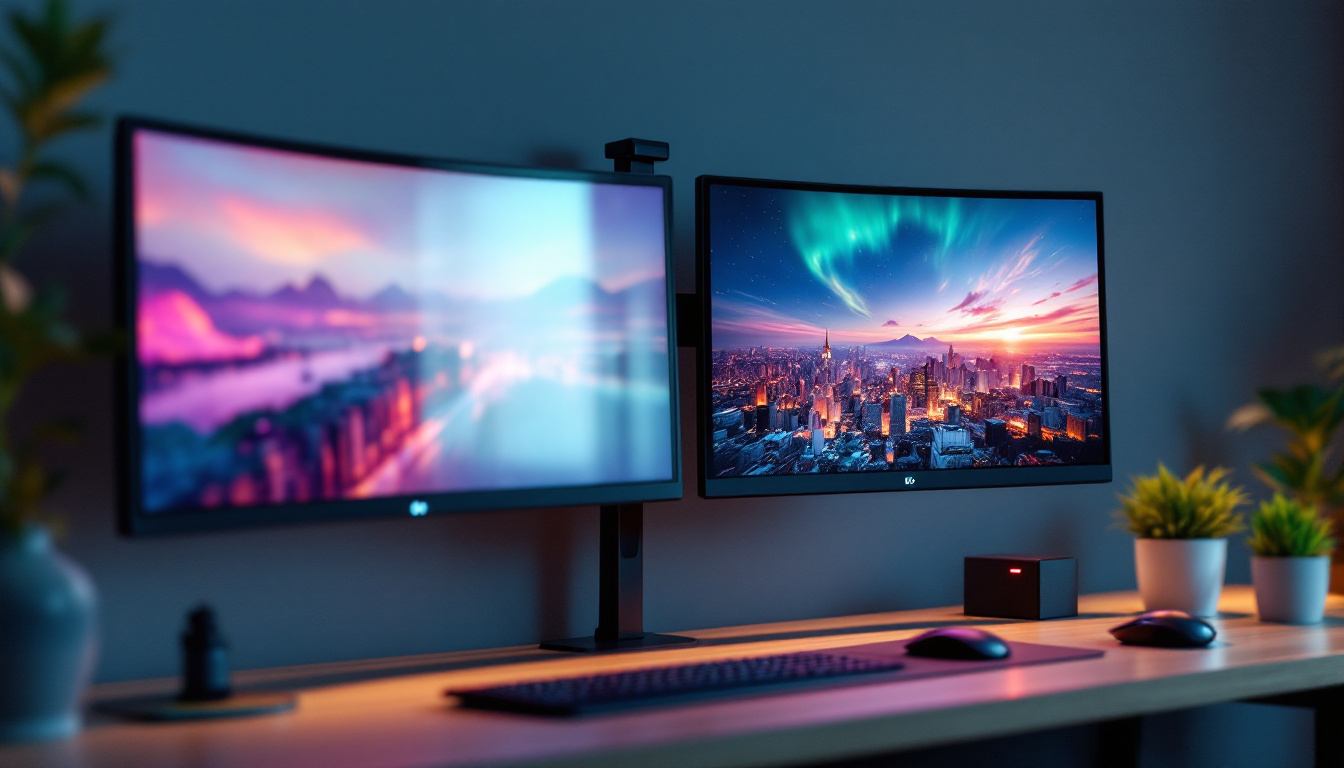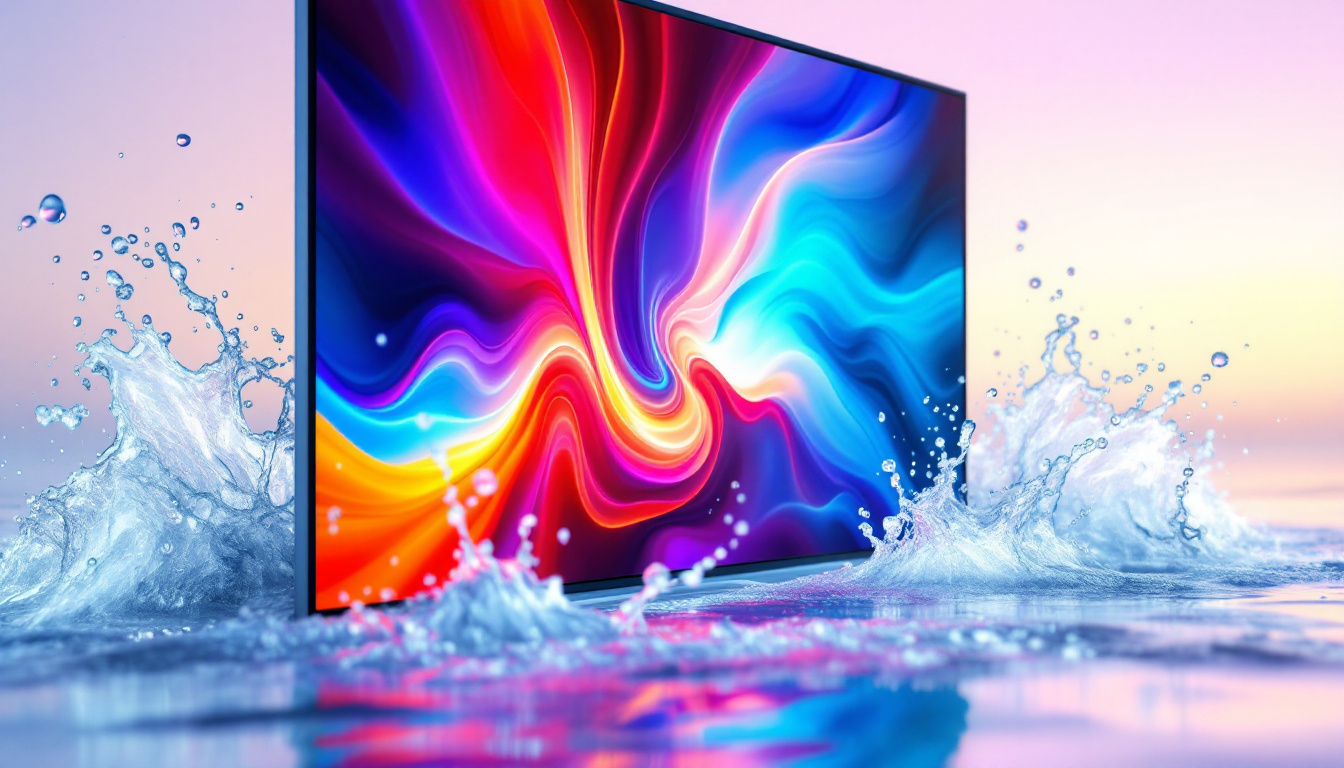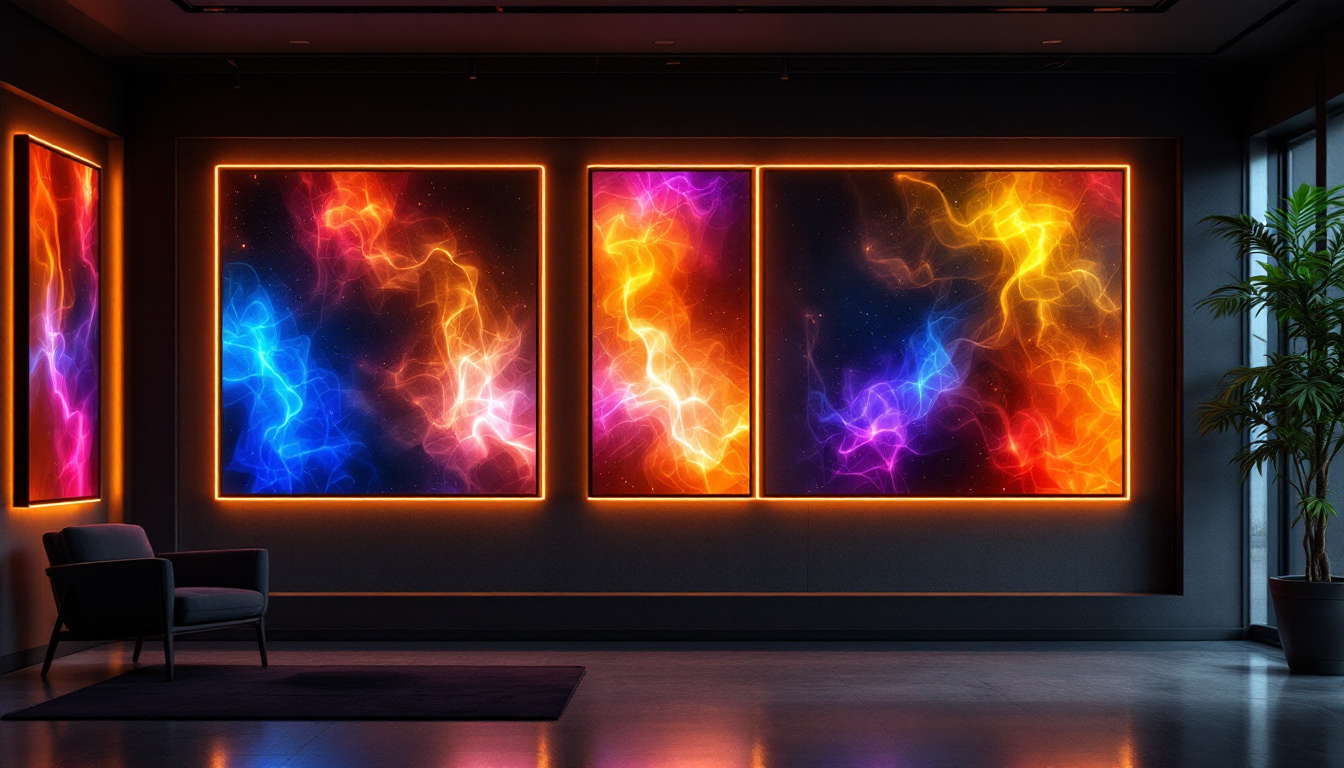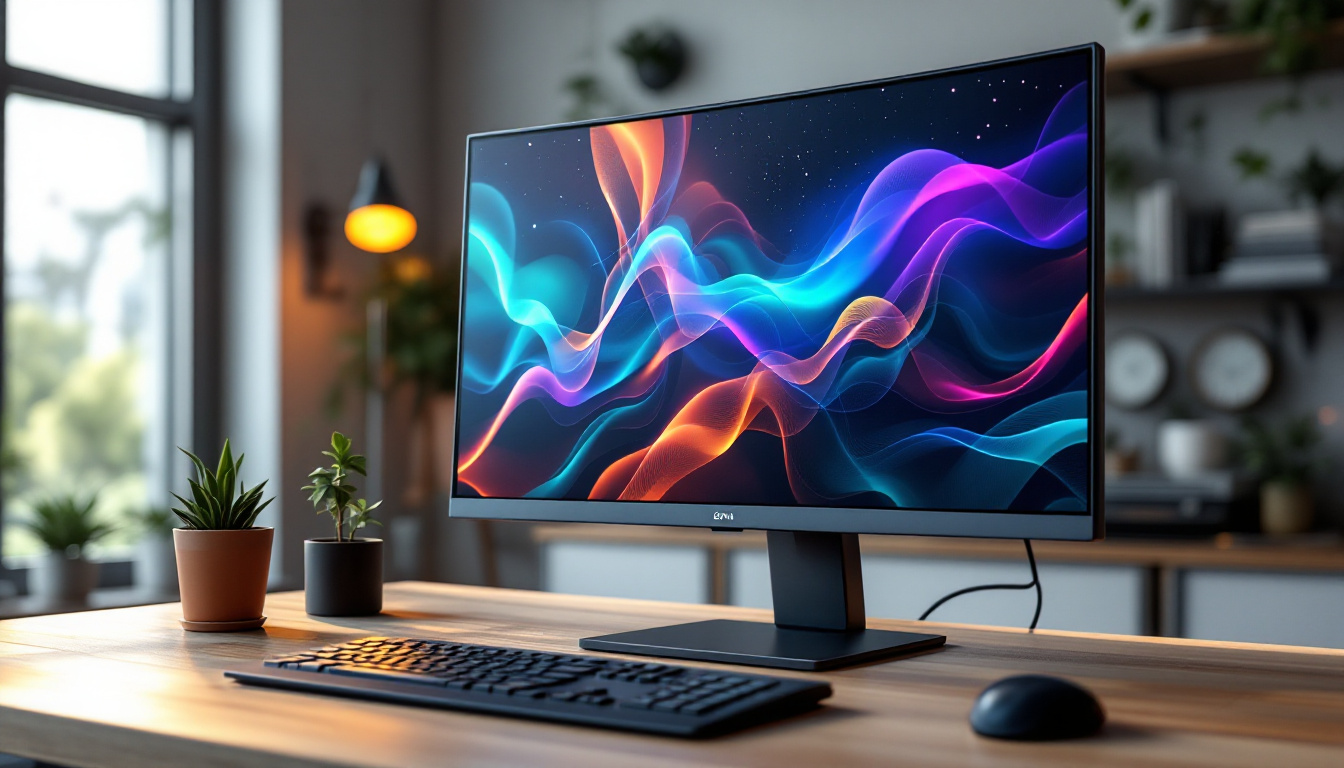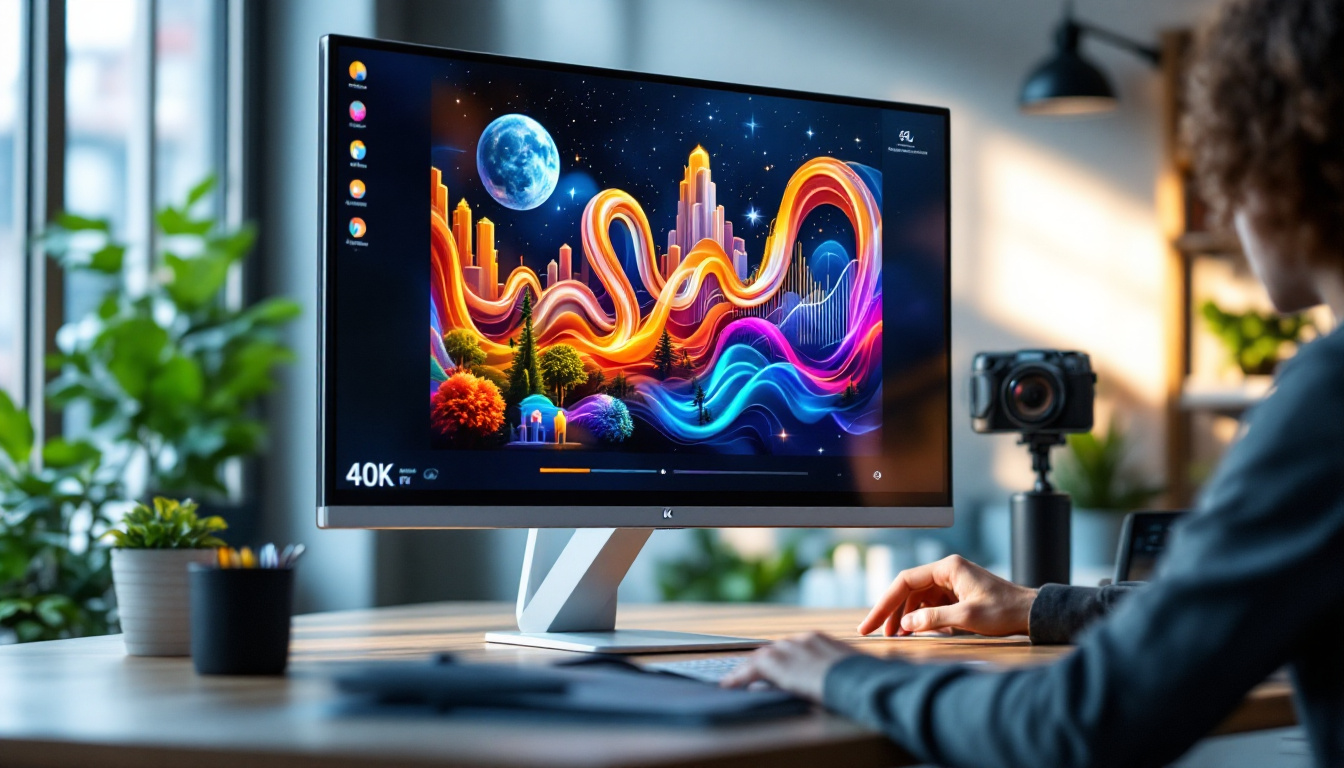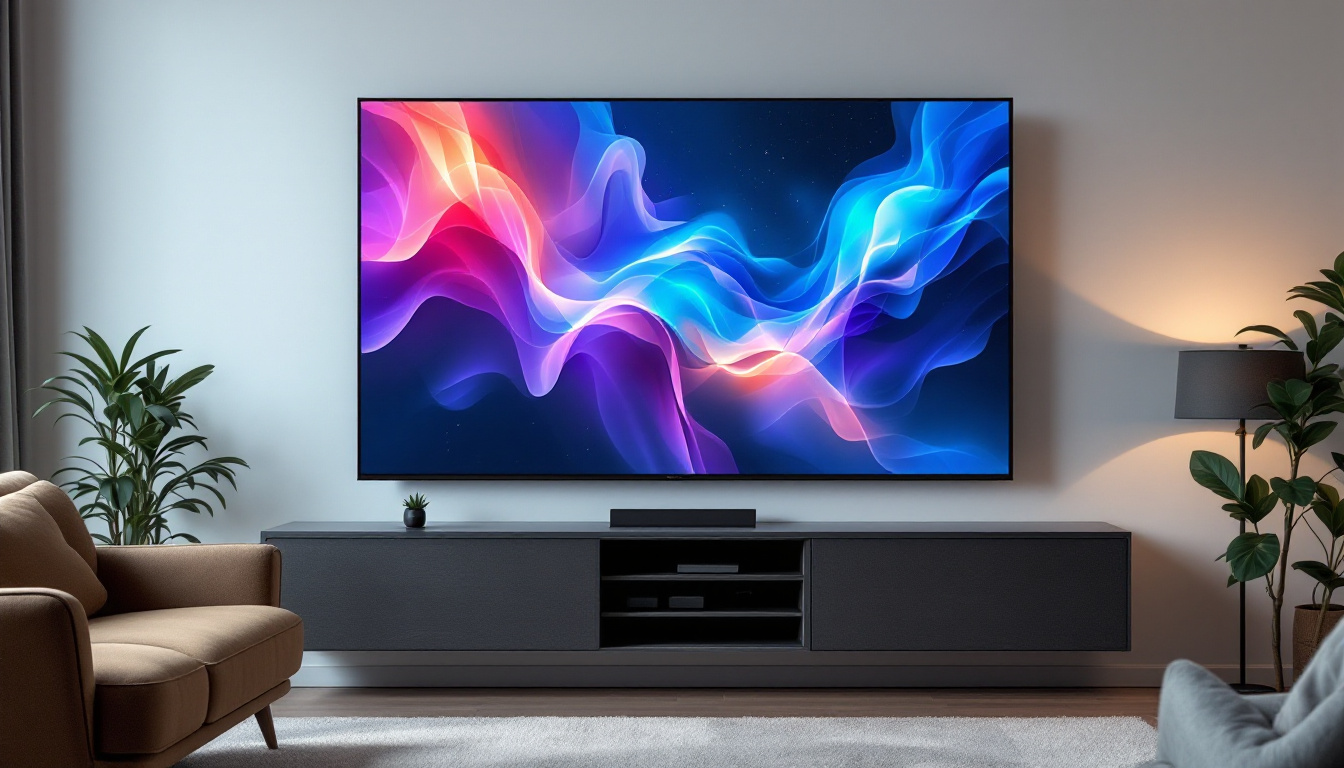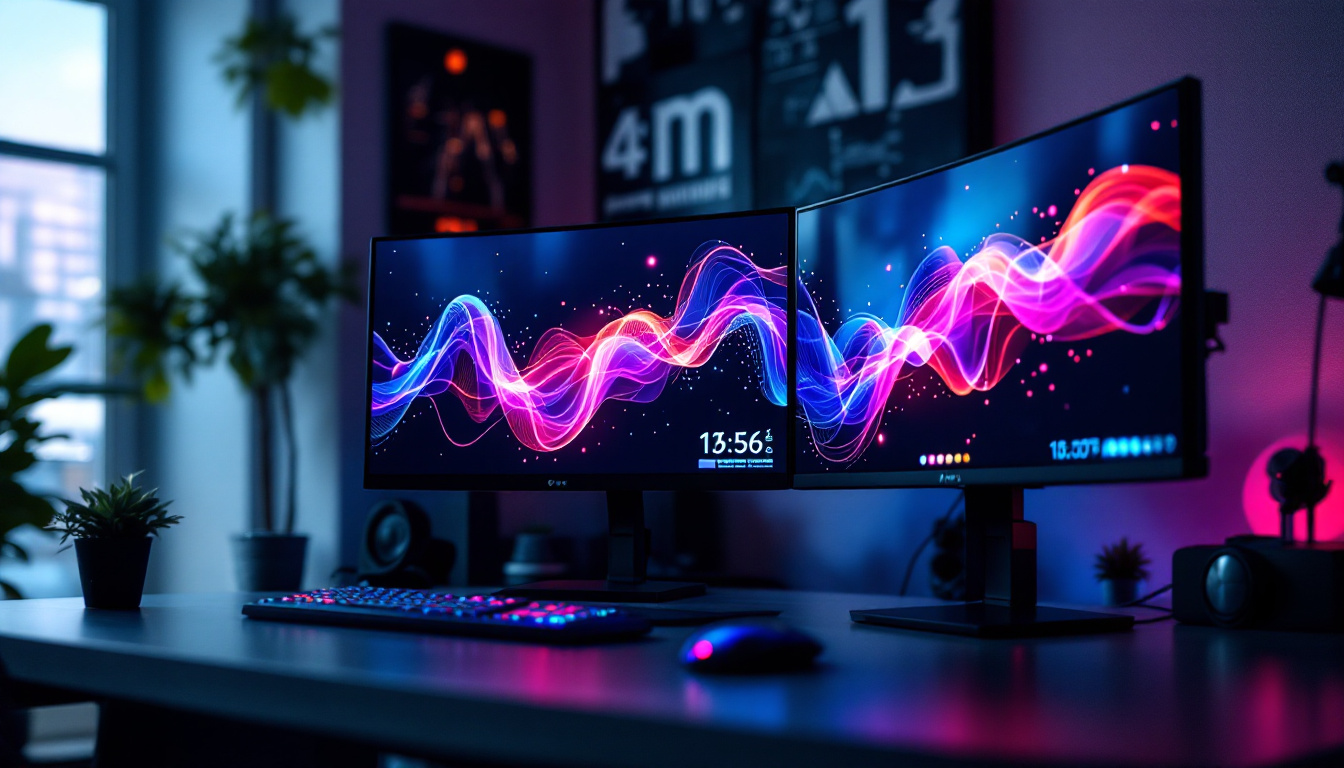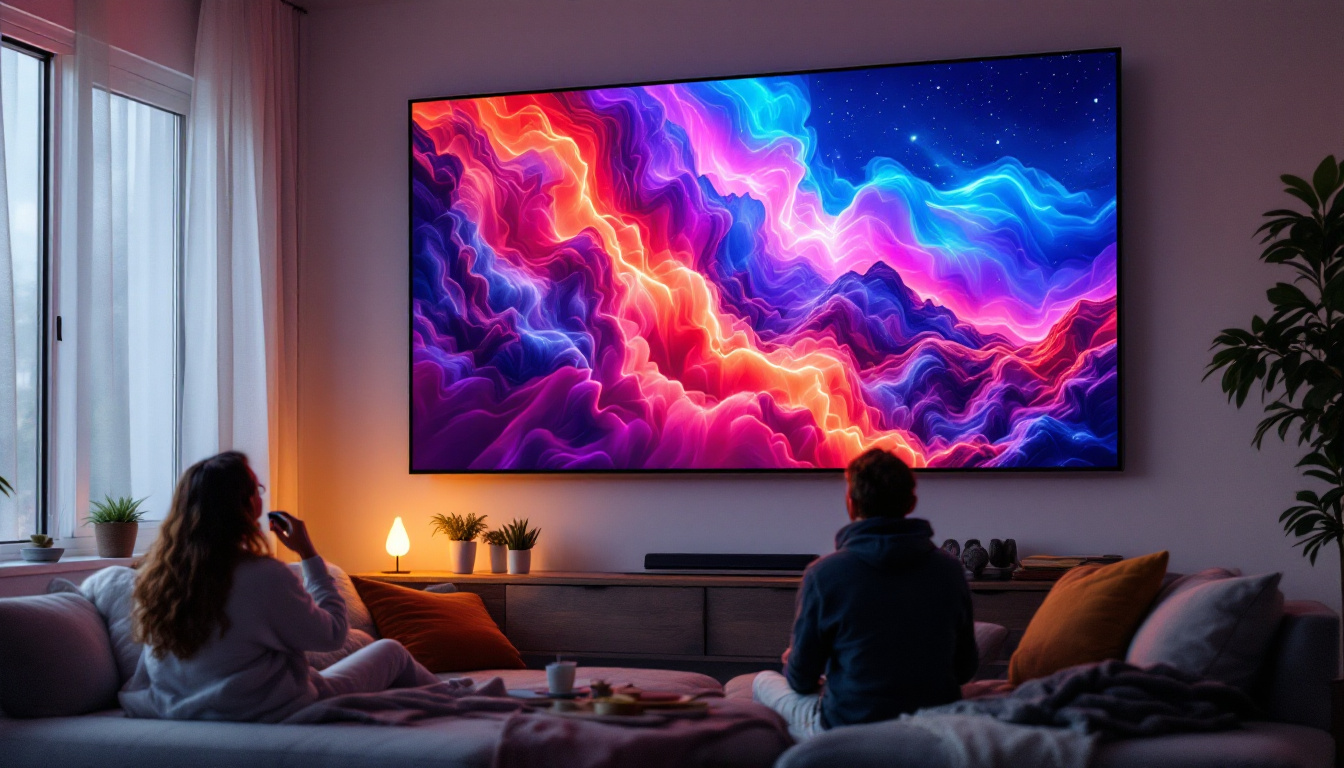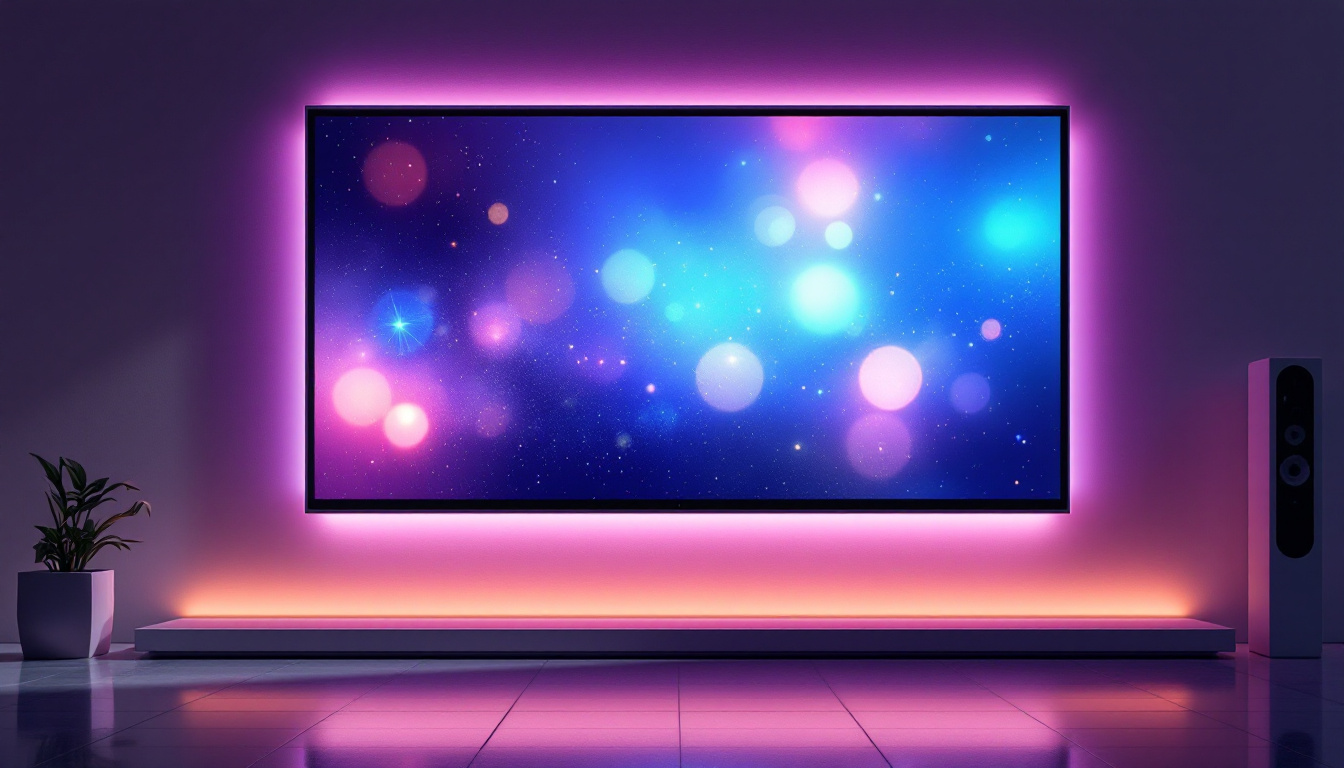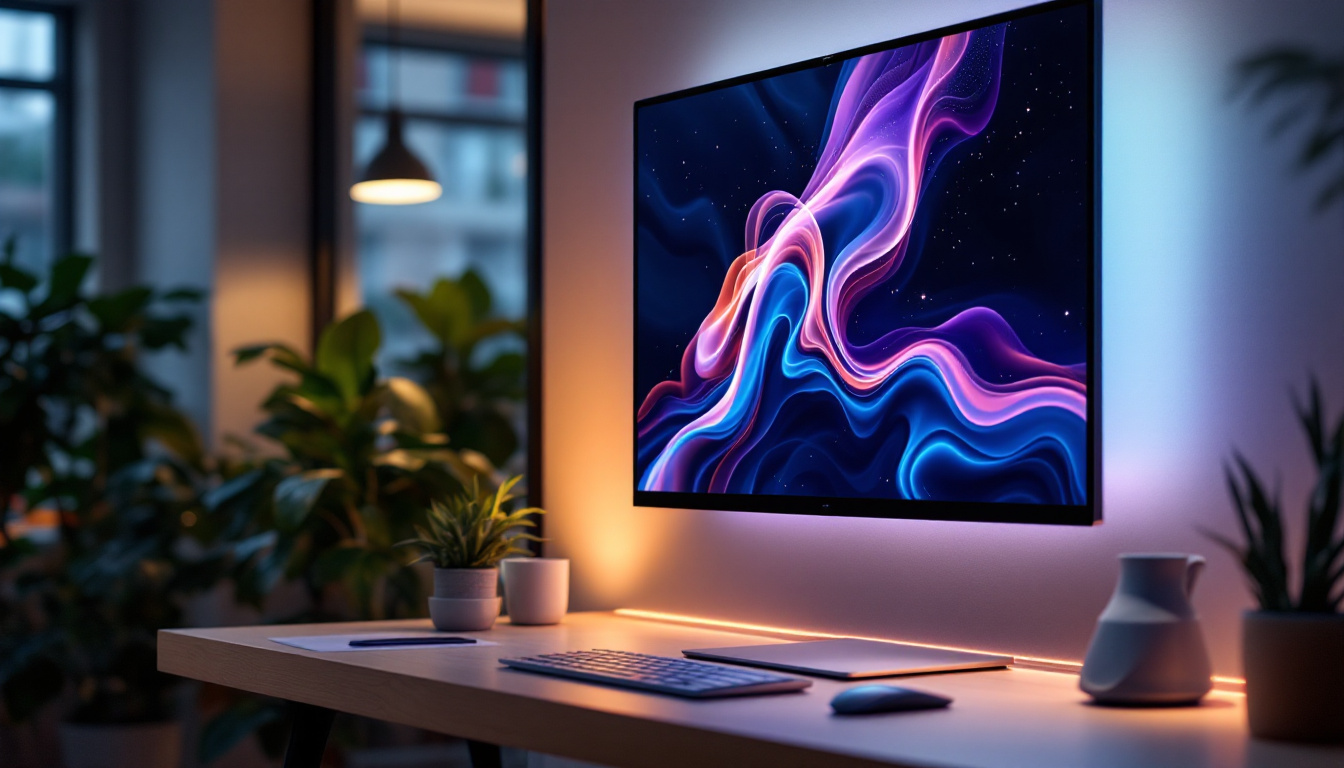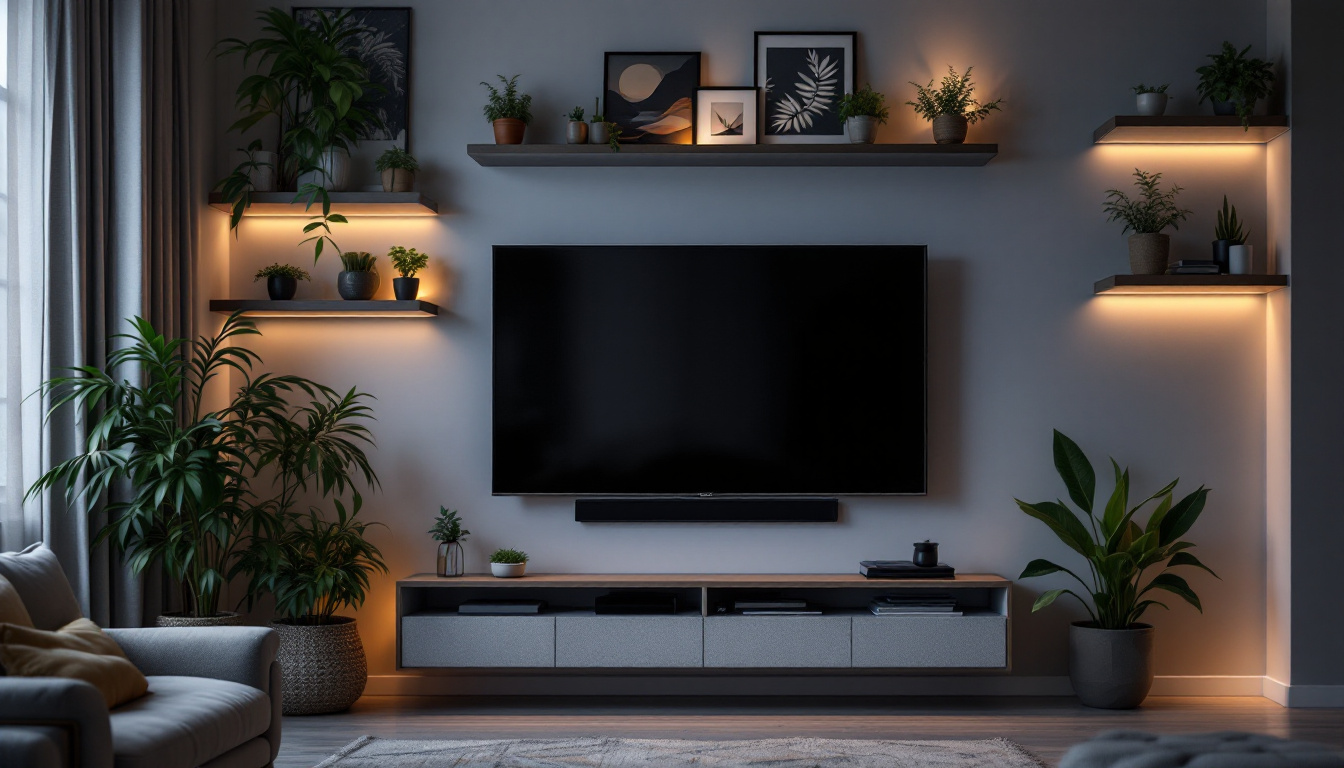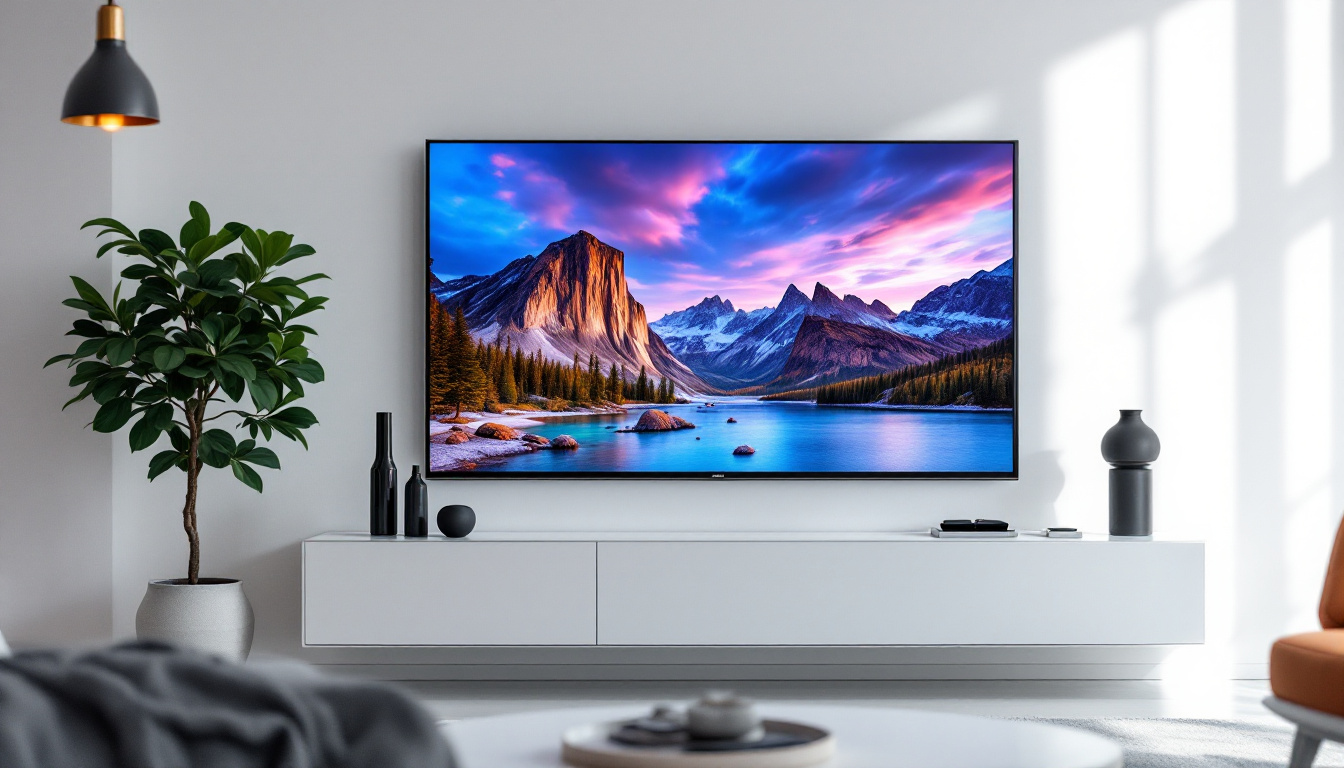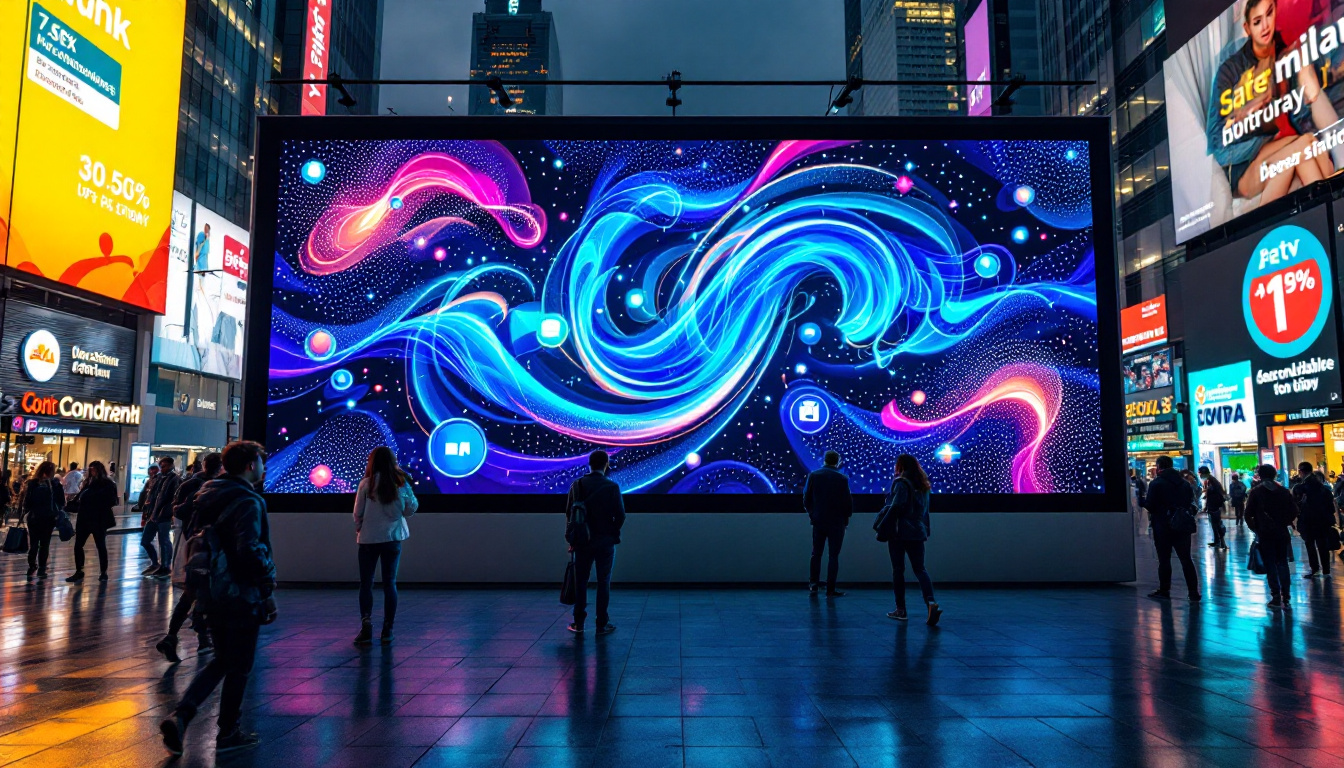In today’s fast-paced digital world, the efficiency of a workspace can significantly impact productivity. One of the most effective ways to enhance a workstation is by utilizing a dual screen monitor wall mount. This setup not only saves desk space but also provides a more immersive experience for multitasking. This article delves into the advantages of dual screen monitor wall mounts and the technology behind LED displays.
Understanding Dual Screen Monitor Wall Mounts
A dual screen monitor wall mount is designed to hold two monitors securely on a wall, creating an organized and aesthetically pleasing workspace. This configuration is particularly beneficial for professionals who rely on multiple screens for tasks such as programming, graphic design, or financial analysis.
Benefits of Using Dual Screen Monitor Wall Mounts
One of the primary advantages of a dual screen monitor wall mount is the ability to free up valuable desk space. By mounting monitors on the wall, users can eliminate clutter and create a more streamlined environment. This not only enhances the visual appeal of the workspace but also allows for better organization of essential tools and documents.
Additionally, dual screen setups can significantly improve productivity. Studies have shown that using multiple monitors can increase efficiency by up to 30%. This is particularly useful for tasks that require constant switching between applications, as users can keep relevant information visible without the need to toggle back and forth. The increased screen real estate enables users to multitask effectively, whether it’s coding while referencing documentation, or designing graphics while communicating with clients via video calls.
Types of Dual Screen Monitor Wall Mounts
There are various types of dual screen monitor wall mounts available on the market, catering to different needs and preferences. Fixed mounts are the simplest option, providing a stable and secure attachment to the wall. These mounts are ideal for users who prefer a stationary setup.
Articulating mounts, on the other hand, offer more flexibility. They allow users to adjust the angle and position of the monitors, making it easier to find the optimal viewing angle. This is particularly beneficial for collaborative workspaces where multiple people may need to view the screens at different angles. Furthermore, there are also tilting mounts that enable users to adjust the vertical angle of the monitors, which can help reduce glare from overhead lighting and improve overall ergonomics. For those who frequently change their work environment, portable dual monitor mounts are also available, allowing for easy relocation and setup in different spaces, making them perfect for remote workers or those who travel frequently for business.
The Technology Behind LED Displays
LED (Light Emitting Diode) displays have become increasingly popular in recent years due to their superior image quality and energy efficiency. Understanding the technology behind LED displays can help users make informed decisions when selecting monitors for their dual screen setups. As technology continues to evolve, the benefits of LED displays are becoming even more pronounced, making them a top choice for both personal and professional use.
How LED Displays Work
LED displays utilize a series of tiny diodes that emit light when an electric current passes through them. These diodes can produce a wide range of colors, allowing for vibrant and dynamic images. Unlike traditional LCD displays that rely on fluorescent backlighting, LED displays use these diodes to create brightness and contrast, resulting in sharper images and deeper blacks. This innovative approach not only enhances visual quality but also contributes to a more immersive viewing experience, whether for gaming, movies, or professional presentations.
Moreover, LED technology allows for thinner and lighter screens, making them ideal for wall mounting. The reduced weight means that wall mounts can be designed to accommodate these displays more easily, providing a secure and stable solution for dual screen setups. Furthermore, the flexibility in design enables users to create unique configurations tailored to their workspace, enhancing both functionality and aesthetics. With the rise of ultra-thin bezels, multi-monitor setups can achieve a nearly seamless look, maximizing screen real estate without compromising on style.
Benefits of LED Displays
One of the most significant benefits of LED displays is their energy efficiency. They consume less power compared to traditional monitors, which can lead to lower electricity bills over time. This is particularly advantageous for businesses that operate multiple screens throughout the day. In addition to cost savings, the reduced energy consumption also contributes to a smaller carbon footprint, making LED displays a more environmentally friendly option. As sustainability becomes increasingly important in technology choices, LED displays align well with eco-conscious practices.
Additionally, LED displays offer superior color accuracy and brightness levels. This is especially important for professionals in fields such as graphic design or video editing, where precise color representation is crucial. The ability to display a wider color gamut ensures that images appear true to life, enhancing the overall viewing experience. Furthermore, advancements in LED technology, such as Quantum Dot and Mini-LED, are pushing the boundaries of color performance and brightness even further, allowing for more vivid and lifelike images that can adapt to various lighting conditions. These innovations not only elevate the quality of visual content but also empower creators to achieve their artistic visions with greater precision and clarity.
Choosing the Right Dual Screen Monitor Wall Mount
When selecting a dual screen monitor wall mount, several factors should be considered to ensure compatibility and functionality. Understanding these factors can help users make the best choice for their specific needs.
Weight Capacity and Monitor Size
One of the first considerations should be the weight capacity of the wall mount. Each mount will have a specified weight limit, and it is crucial to ensure that it can support the combined weight of both monitors. Additionally, monitor size plays a significant role in determining the appropriate mount. Most mounts are designed to accommodate a range of sizes, but it is essential to check the specifications to ensure a proper fit. It’s also worth noting that larger monitors can sometimes require more robust mounting solutions, especially if they are heavier or have additional features like built-in speakers or USB hubs.
Furthermore, the arrangement of the monitors can influence the choice of mount. For instance, if the monitors are to be positioned side by side or stacked vertically, different mounts may be more suitable. Users should consider their workspace layout and how they intend to use the monitors, as this can affect ergonomics and overall comfort during extended use.
VESA Compatibility
VESA (Video Electronics Standards Association) compatibility is another critical aspect to consider. Most monitors come with VESA mounting holes, which allow for easy attachment to wall mounts. It is essential to verify that the mount is compatible with the VESA pattern of the monitors being used, as this will ensure a secure and stable installation. Additionally, some mounts offer adjustable VESA plates, which can accommodate various monitor sizes and configurations, providing greater flexibility for future upgrades or changes in monitor setup.
Moreover, the installation process can vary significantly depending on VESA compatibility. Some mounts are designed for quick and easy installation, featuring tools and instructions that simplify the process. Others may require more advanced installation techniques, particularly if they involve tilting or rotating features. Understanding these differences can save users time and frustration, ensuring that their dual monitor setup is not only functional but also aesthetically pleasing and well-organized.
Installation Tips for Dual Screen Monitor Wall Mounts
Installing a dual screen monitor wall mount may seem daunting, but with the right tools and guidance, it can be a straightforward process. Proper installation is crucial for safety and functionality, so following these tips can help ensure a successful setup.
Gather the Necessary Tools
Before beginning the installation, it is essential to gather all necessary tools. Common tools required include a drill, stud finder, level, and screwdriver. Having these tools ready will streamline the installation process and help avoid unnecessary delays.
Find the Right Location
Choosing the right location for the wall mount is critical. The monitors should be positioned at eye level to reduce strain on the neck and eyes. Additionally, ensuring that the area is free from glare and distractions will enhance the overall viewing experience. Using a stud finder to locate wall studs will provide a secure anchor point for the mount, ensuring stability.
Maintaining Your Dual Screen Setup
Once the dual screen monitor wall mount is installed, regular maintenance is essential to ensure optimal performance. Proper care can prolong the life of both the monitors and the mount.
Cleaning and Care
Cleaning the monitors regularly is vital for maintaining image clarity. Using a microfiber cloth and a gentle cleaning solution can help remove dust and fingerprints without damaging the screen. It is advisable to avoid harsh chemicals that can strip the screen’s coating.
Additionally, checking the mount periodically for any signs of wear or loosening is essential. Tightening screws and ensuring that the mount remains secure will help prevent accidents and maintain the integrity of the setup.
Conclusion
In conclusion, a dual screen monitor wall mount can significantly enhance a workspace by providing an organized and efficient environment. Understanding the technology behind LED displays and the benefits of using dual screens can help users maximize their productivity. By carefully selecting the right mount and following proper installation and maintenance practices, individuals can create a functional and visually appealing workstation that meets their needs.
As technology continues to evolve, the importance of optimizing workspaces will only grow. Embracing solutions such as dual screen monitor wall mounts can lead to improved efficiency, better organization, and ultimately, a more satisfying work experience.
Discover LumenMatrix’s Advanced LED Display Solutions
Ready to elevate your workspace and enhance your visual experience? LumenMatrix offers a comprehensive range of cutting-edge LED display solutions tailored to meet your needs. From immersive Indoor LED Wall Displays to dynamic Outdoor LED Wall Displays, and from versatile Vehicle LED Displays to innovative Custom LED Displays, our technology is designed to captivate and engage. Transform your environment with our All-in-One LED Displays or make a statement with our LED Transparent Displays. Experience the future of visual communication with LumenMatrix and make your message resonate with clarity and impact. Check out LumenMatrix LED Display Solutions today and see the difference for yourself.

